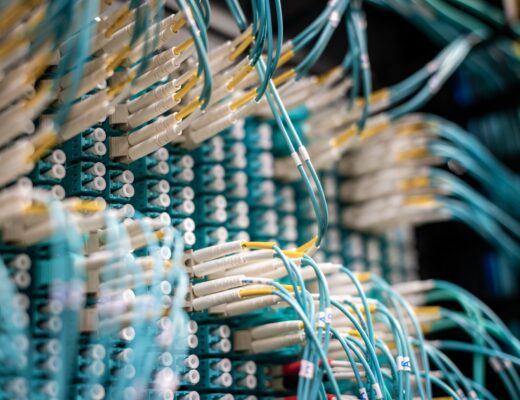Routine maintenance tips are crucial to keep it in top shape if you’ve got a wood-burning fireplace. Maintaining a clean firebox and scheduling routine chimney inspection and repair services in Wallkill, NY, are two of the finest ways to do this. Typically, you should empty the firebox after each use and dispose of the ash around 12 hours after the fire has died. This is because ash is full of nutrients. You can compost the ash or add it to the soil to plant potted plants.
Cleaning The Firebox After Each Use
Cleaning the firebox after each use of your fireplace is an important part of routine maintenance for your fireplace. Using an all-purpose cleaner to clean the fireplace is a great way to remove soot and other debris. Adding warm water will also help to break up soot and dirt.
Using a vacuum and microfiber cloth to remove buildup is also an effective way to clean the firebox. Also, remember to clean all items that go back into the interior of your fireplace, including logs. If you don’t have a vacuum, you can use a separate container to clean rocks and logs. After cleaning, rinse them thoroughly and dry them.
The firebox is an important part of your fireplace, absorbing most of the heat produced by the fire. Some fireboxes are made of masonry, but you can also find models that are made of metal.
Inspecting The Damper
Inspecting the damper as part of your routine fireplace maintenance is essential to keeping the fire flowing properly. Traditional dampers are located inside the chimney throat and are made of metal. They prevent heat loss when the fireplace is not in use. When inspecting your fireplace, use a flashlight to inspect the damper and chimney throat. The damper should open or close easily. You need to adjust the damper if it’s stuck in the closed position.
You should also check the chimney crown for cracks or rust. If there are any cracks, repair them before water can enter. You should also check your chimney’s rain cover and spark arrestor screening. You can purchase after-market cap/screen units if you need to replace them.
If the damper is closed, you’re not letting the outside air fuel the fire. This is a major problem, as it can lead to toxic byproducts like carbon monoxide, which is deadly to humans. It also prevents smoke from venting out. Fortunately, you’ll realize the mistake before the carbon monoxide problem occurs.
Cleaning The Glass Door Gasket Seals
The gasket on the glass door of your fireplace should be cleaned and checked for airtightness regularly. If the seal is not airtight, it may need to be replaced. This can be done by using silicone caulk or gasket cement.
The glass door gasket seal should be cleaned with a nonabrasive glass cleaner to avoid scratching the glass. However, be careful not to let the cleaner penetrate the gasket as it can compromise the gasket cement. You can purchase gasket cement and glass cleaner from a store that sells fireplace accessories. Before cleaning the gasket, inspect the glass doors to see any cracks or nicks.
If you find cracks in the glass door gasket, replace it immediately. It is a small but crucial part of routine maintenance for your fireplace. If the gasket is severely frayed, replace it with a high-temp silicone gasket. You can also apply high-temperature anti-seize to the door hinges to eliminate squeaks.
Cleaning The Log Set
Cleaning the log set is a relatively simple process. However, it is a good idea to get professional help if you are still familiar with the various components and gas supply lines. This will make the task less intimidating and save you money. When cleaning the log set, take a photo of the log arrangement so you can put the logs back in the proper order. This will help to avoid soot buildup. Additionally, it would help if you cleaned the air intake ports.
Gas log sets require more frequent cleaning than other types of log sets. If sooty buildup has developed, it is important to clean the logs regularly. You can use commercial sprays to clean them, but you should always consult a professional if you are unsure.
In addition to cleaning the log set, you should also clean the ports and valves inside the fireplace. Clean these regularly to prevent nuisance shutdowns. You can do this if you are handy with tools, but if you are hesitant about gas, it is best left to a trained professional.




